- Solar energy blog
- The rise of ultra-thin perovskite solar cells
The rise of ultra-thin perovskite solar cells
Learn about Japan’s $1.5B initiative to commercialize ultra-thin, flexible perovskite solar cells and how it could transform the solar landscape globally.


Jeremy Vickerman
Senior Content Manager
Senior Content Marketing Manager at RatedPower with extensive experience in content strategy, production, and communications. Over a decade of expertise spanning marketing, recruitment consulting, and public relations across the UK and Spain, with a strong track record in driving brand visibility and audience engagement.
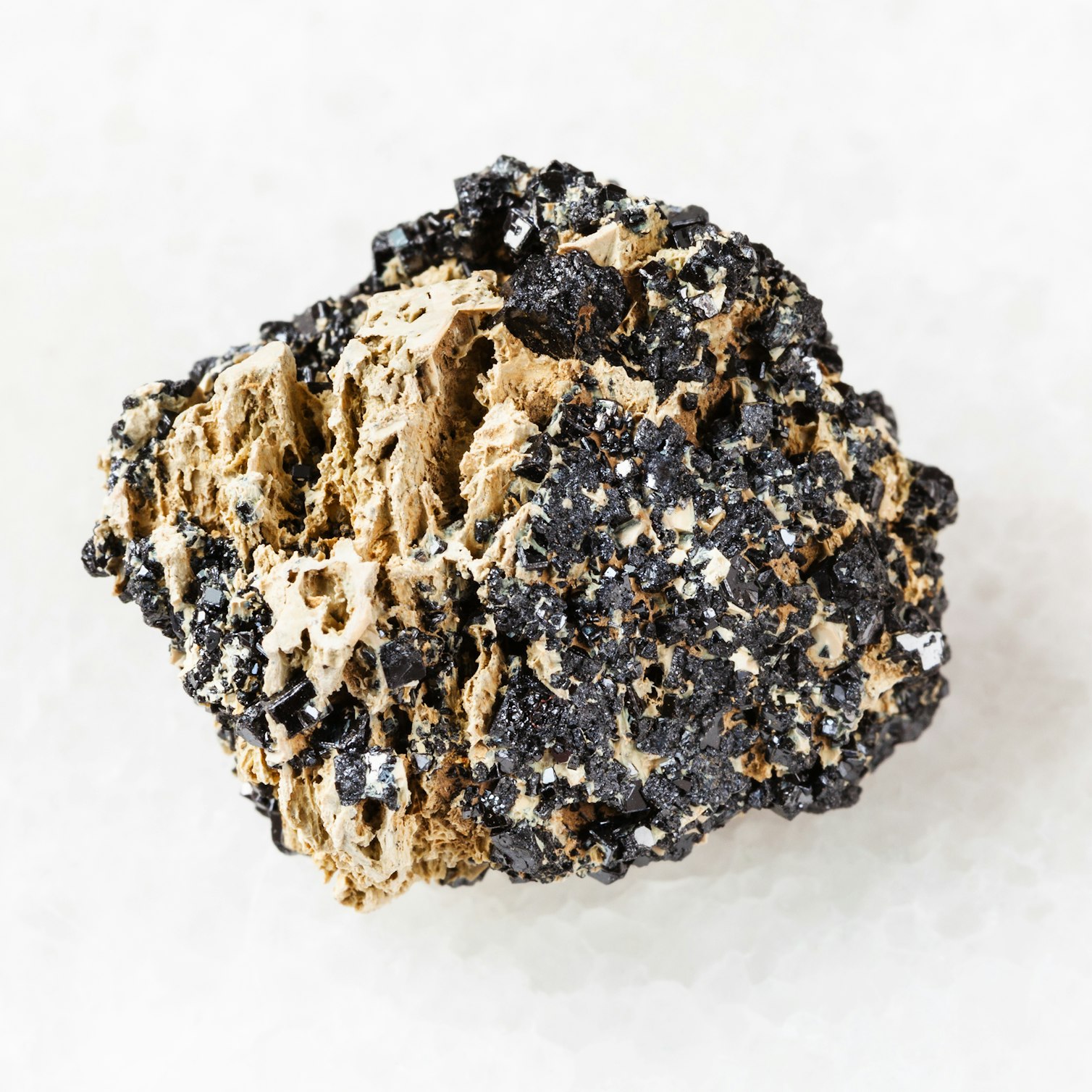
Content
Japan is pouring $1.5 billion into a new class of ultra-thin perovskite solar panels to break its reliance on imports and potentially shake up the global energy market.
The government has so far allocated ¥157 billion ($1 billion) in direct subsidies to Sekisui Chemical on top of ¥60 billion already spent on early research and development. The company has since launched a 1,000-person subsidiary to bring its perovskite technology into commercial production. It has also started testing early prototypes in public spaces, including the Tokyo International Cruise Terminal.
Want to learn about other trends within the renewables space? Download the 2025 Renewable Energy and Solar Research Report to unlock essential insights on the renewables industry. With expertise from our survey and data from solar simulations on RatedPower, the Report explores trends, challenges, and solar design preferences
What are perovskite solar cells?
Perovskite solar cells are around 20 times thinner than conventional panels. They use a light-absorbing layer made of metal-halide perovskites, a class of materials known for their high-efficiency crystal structure and low manufacturing cost. These perovskites act as the active layer in the cell, capturing light and converting it into electric power using an ultrathin coating.
Being light and flexible, these cells are better suited for surfaces where traditional panels are too bulky or difficult to mount, such as curved rooftops and transit shelters with glass canopies or irregular rooflines.
Despite their impressive efficiency and low-cost potential, they face several significant challenges. One of the main concerns is their limited stability; they degrade quickly when exposed to moisture, oxygen, heat, or ultraviolet light, making long-term performance a hurdle.
Scaling up production from lab to industrial levels also presents difficulties, as maintaining uniform quality and efficiency across large areas is complex. In addition they require advanced encapsulation techniques to ensure durability, which can increase manufacturing costs and complicate deployment.
Despite the cons, the upside is still worth exploring and the Japanese government is aiming to deploy enough of this technology to generate the equivalent of 20 nuclear reactors by 2040, a much-needed build-out as they seek to have 50% of its power come from renewables by then.
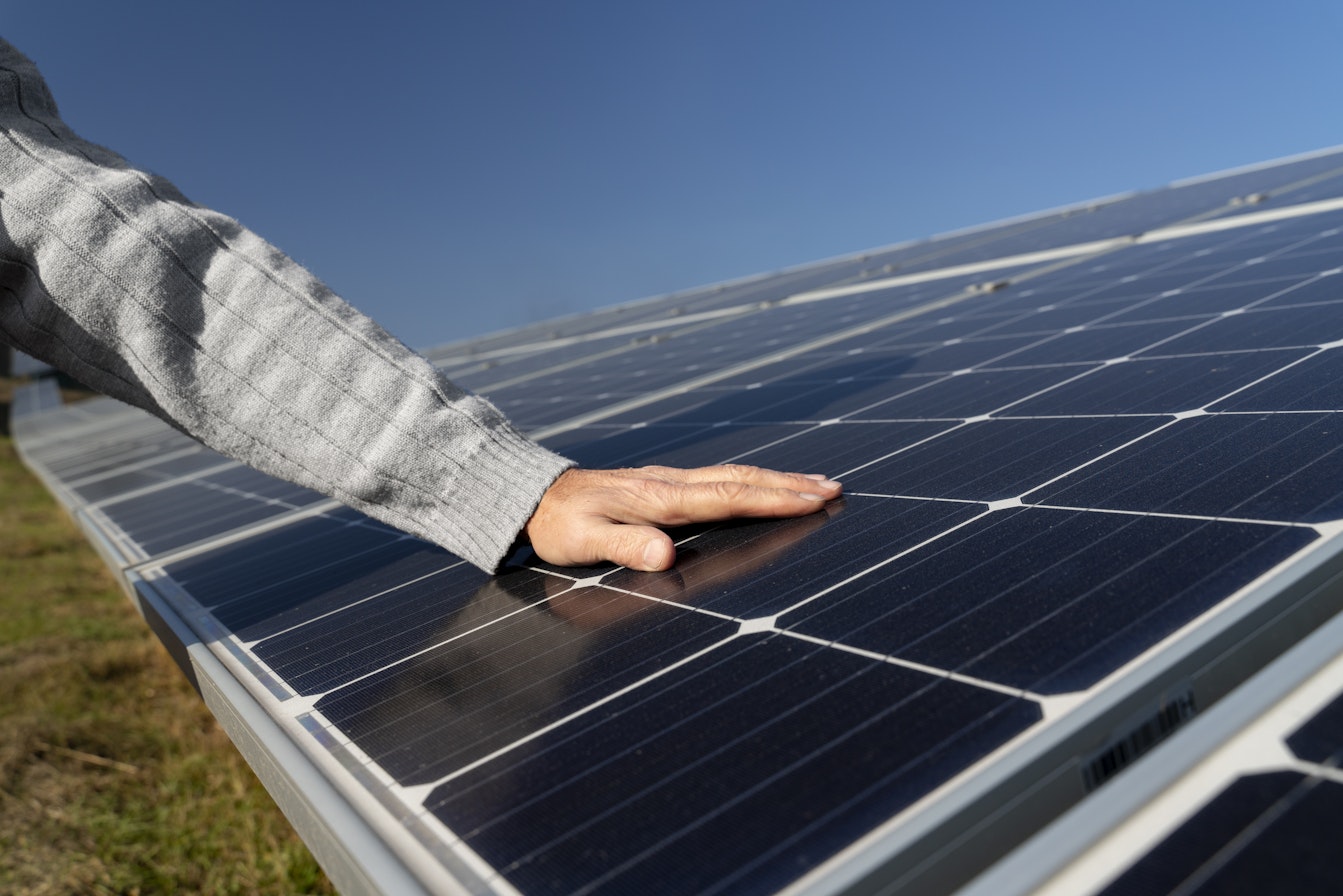
Addressing cost and manufacturing barriers
To combat moisture (perovskite’s most significant technical vulnerability), Sekisui developed a proprietary sealing resin. It also plans to invest ¥310 billion ($2 billion) to reach 1GW of annual output by 2030. At that level, the company expects prices to compete with conventional panels.
In the near term, Sekisui aims to expand its film width from 30cm to 1 meter and begin producing 100MW annually by 2027. That milestone could lower costs, though still not to parity. The panels are projected to cost three to four times more than standard options and could struggle to gain traction initially. Early demand indicators look solid, though: Analysts expect strong interest in dense cities like Tokyo, Singapore, and Taipei, where limited space can justify the higher price.
Aside from price, two technical hurdles stand in the way of mass production. Sekisui needs to stabilize large-scale film production and develop materials that can securely attach the panels to a range of built environments. Once both issues are solved, the company believes it can meet domestic demand and eventually begin exporting to the US and Europe.
Reducing reliance on imports
Mountainous Japan has limited flat land for sprawling PV farms and therefore needs solar solutions that work in compact vertical spaces. Thin-film panels make it possible to scale renewable energy across facades and dense urban infrastructure.
But more than a response to geographical constraints, Japan’s perovskite investment is an effort to build up its own solar manufacturing capacity and loosen its reliance on imported components.
The country is working to carve out a distinct position in the market without going head-to-head with dominant utility-scale producers. Industry analysts see this as Japan’s most realistic path back into solar manufacturing. Without the scale or cost base to directly compete internationally, the country needs to bet on a differentiated product.
Perovskite’s material profile also strengthens Japan’s supply chain position. Unlike conventional panels that rely heavily on polysilicon, perovskite cells use more iodine, a resource Japan has plenty of. This reduces the country’s exposure to global supply constraints and strengthens its long-term energy security.
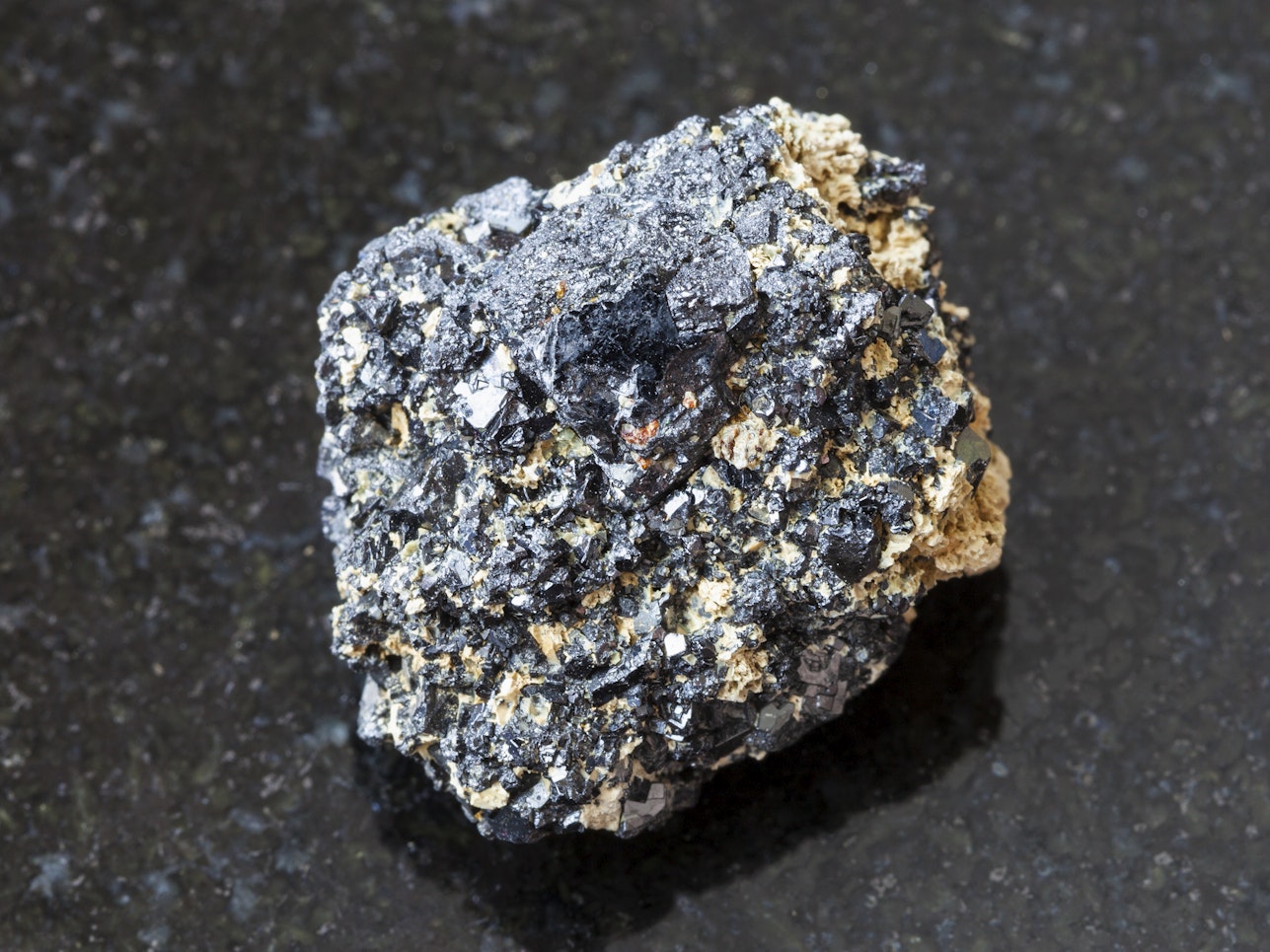
Growing international investments
Japan’s focus on bendable solar isn’t happening in isolation, however. China and Korea are also investing in next-gen solar.
China’s thin-film R&D grows
Researchers at a leading Chinese institution have unveiled a prototype using a Gires-Tournois resonator, an optical structure that boosts light absorption through interference. With a theoretical efficiency of 27%, their design layers a perovskite absorber with a silver mirror and ultra-thin transport layers.
The new cell uses a thinner light-absorbing layer that cuts down on raw materials and lowers lead content while increasing energy output. It’s still in the early stages and requires vacuum deposition to manufacture, but the work signals China’s interest in expanding beyond high-volume, low-cost silicon panels into the advanced flexible category Japan is targeting.
Korea raises the stakes
South Korea has also entered the conversation with a record-setting breakthrough. The Korea Institute of Energy Research reached 23.64% efficiency with a flexible perovskite/CIGS tandem solar cell, marking the highest performance ever recorded in this class.
The fabrication process starts on glass coated with polyimide, which allows the finished cell to be peeled off for flexible use. Researchers also resolved a major durability issue and boosted performance consistency by controlling potassium diffusion during production.
These cells held 97.7% of their efficiency after 100,000 bending cycles, substantial proof of real-world durability. With a power-to-weight ratio 10 times higher than conventional silicon tandems, Korea’s technology raises the bar and puts more pressure on Japan’s timeline to commercialize.
The road ahead
Japan’s perovskite push is as much about securing clean energy as it is a chance to regain industrial footing in a critical sector. Whether it can solve the remaining technical and cost barriers will determine how widely these solar cells can be deployed and how competitive Japan can be in the global solar market.
2025 Trends: Renewable Energy & Solar Research Report
Get key insights and data from an industry-wide survey and solar simulations on the RatedPower platform. Download now to uncover critical trends and challenges shaping the future of renewables.
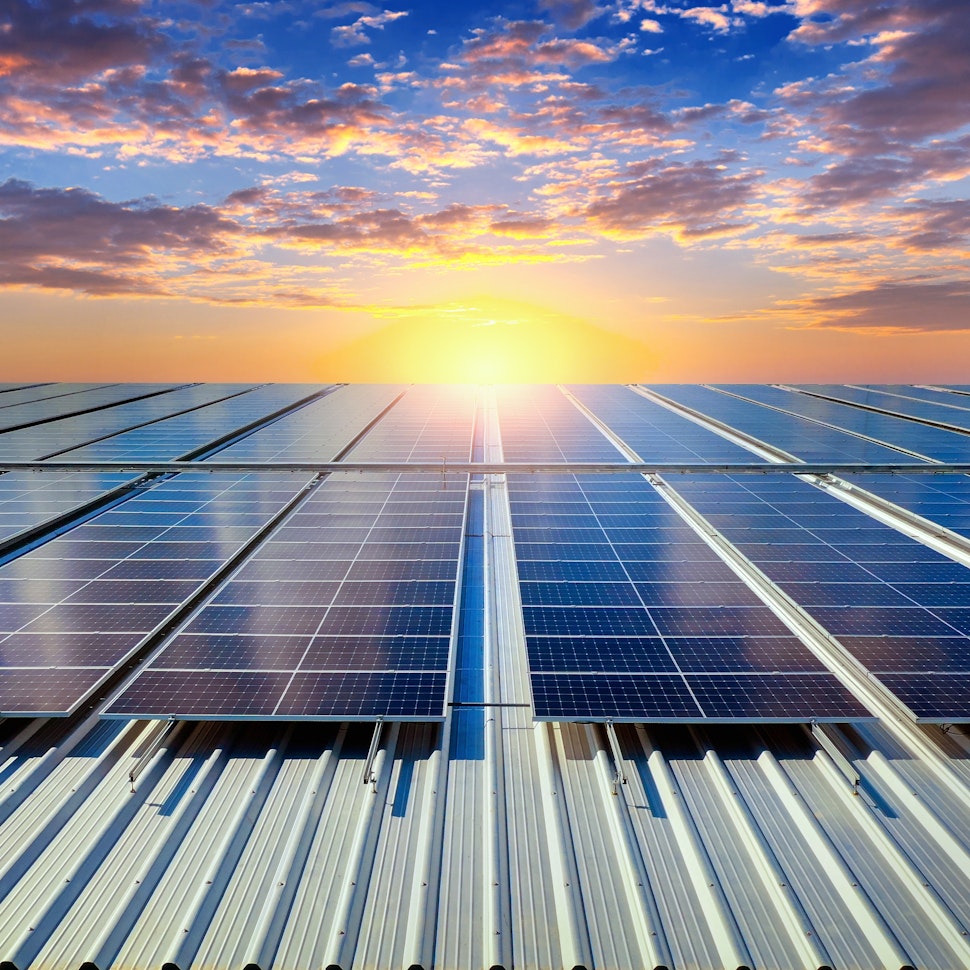
Latest stories
Related posts
Technology and engineering
The green hydrogen boom in LatAm
Latin America is emerging as a green hydrogen leader. Learn how LatAm countries are leveraging solar and wind power to drive green hydrogen production.
Updated 22 JUL, 25
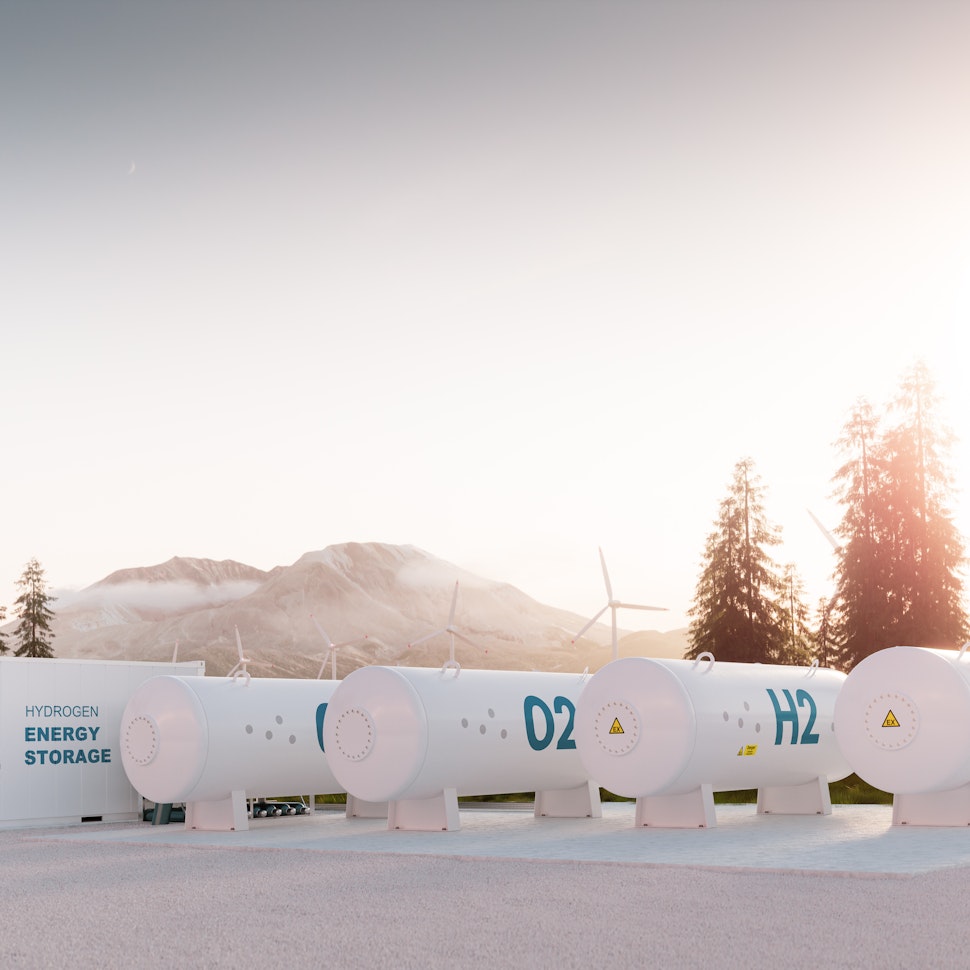
Technology and engineering
Innovation in renewable energy: Developments expected in 2025
We look at the 10 biggest renewable industry developments that are making a green future possible, including perovskite solar cells, green hydrogen, and more.
Updated 18 MAR, 25
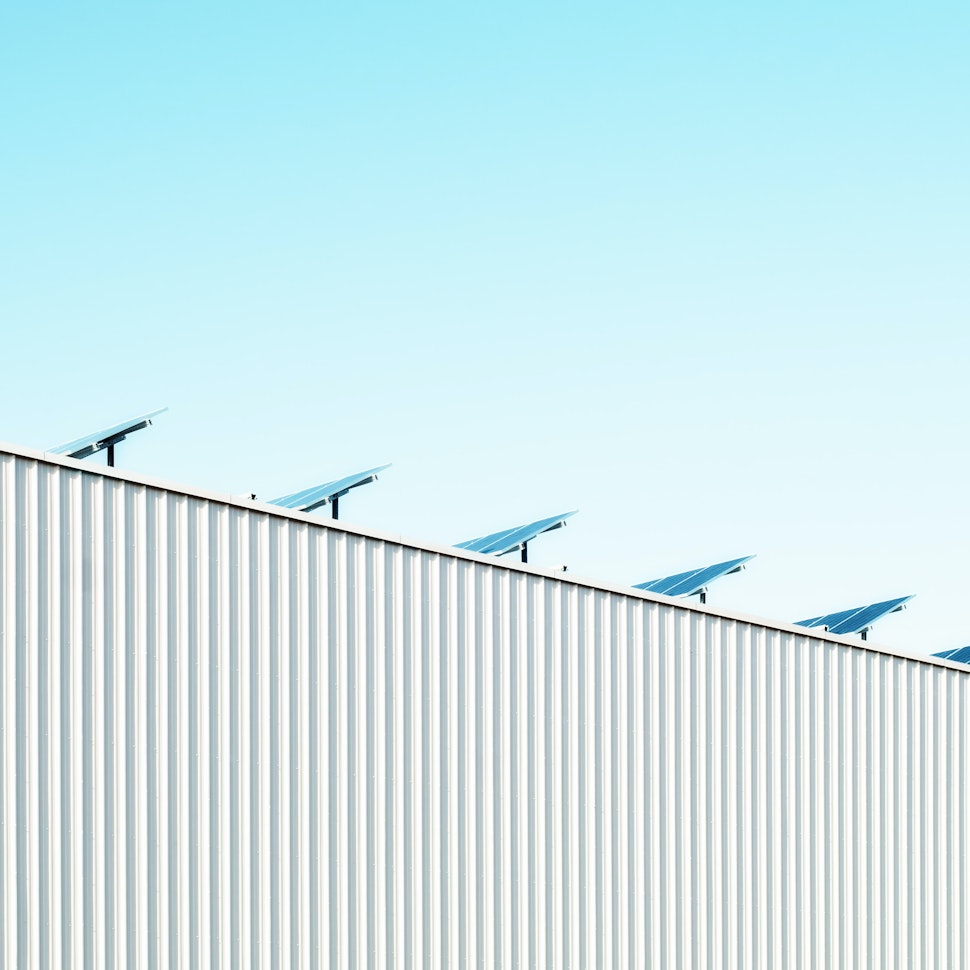
Technology and engineering
What the future holds for the longevity and efficiency of solar panels
Tests done by the French photovoltaics group Hespul showed that the panels, installed in 1992, are still operating at an astonishing 79.5% efficiency. Read on to find out more.
Updated 4 MAR, 25
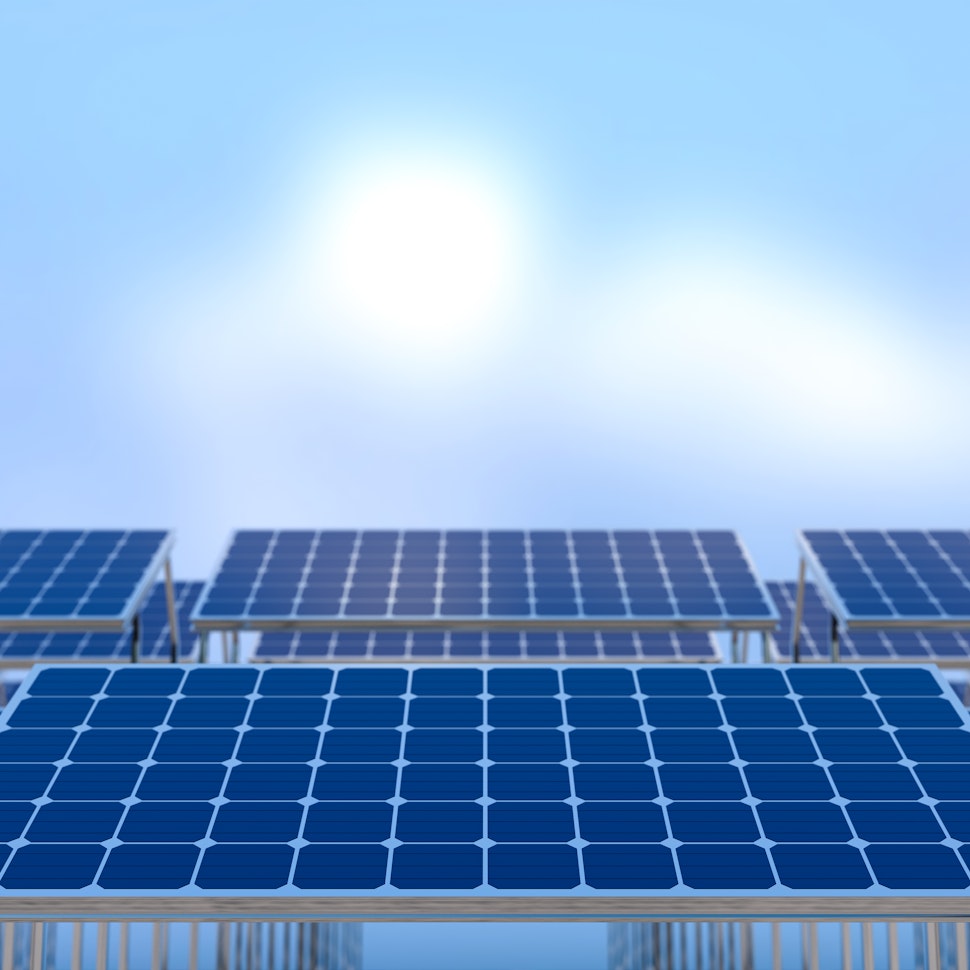
- RatedPower
- Solar energy blog
- The rise of ultra-thin perovskite solar cells
 Watch a demo
Watch a demo Ask our AI Product Expert
Ask our AI Product Expert